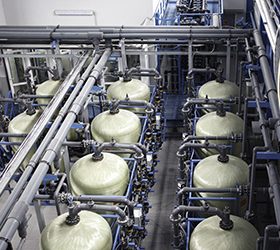Without pump stations, New York City would not be able to function. These powerful pieces of infrastructure are responsible for the safe and efficient transportation of water, sewage, and other fluids throughout the city.
Let’s look at how these pump stations in New York keep the city going.
What Is a Pump Station?
A pump station is an assembly of pumps and equipment that helps move water or any other liquid from one place to another. In New York City, there are over 700 pump stations that help transport wastewater through the city’s extensive sewer system so it can be treated before being released back into the environment.
The pumps used in these systems are generally powered by electricity, though some may also use diesel or gasoline engines as backup power sources.
How Do Pump Stations Keep the City Going?
Top-rated Pump stations in New York play a vital role in keeping New York City running smoothly. Without them, wastewater would not be able to be moved efficiently and would cause backups in streets and sewers across the city. The pumps also help ensure that wastewater is properly treated before it is released back into rivers or oceans, helping to prevent contamination and pollution of local waterways.
Additionally, many pump stations have built-in alarms that alert operators if something goes wrong with the system. This helps ensure that any potential problems can be addressed quickly and efficiently so they don’t become bigger issues down the line.
The Future of Pump Stations
As technology advances, so too do pump station technologies in New York City. Many new systems are now equipped with sensors that help detect potential problems before they become larger issues.
Additionally, many new systems that provide pump station service use renewable energy sources to power their pumps instead of relying on traditional fossil fuels such as diesel or gasoline. This means that they are more efficient as well as better for the environment since they don’t produce any emissions or pollute local air quality.
